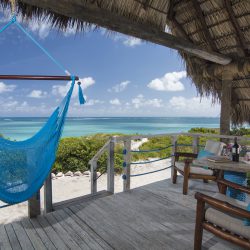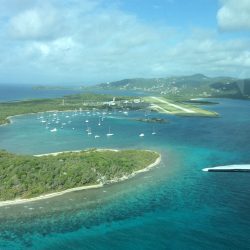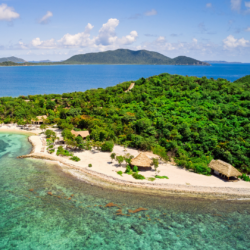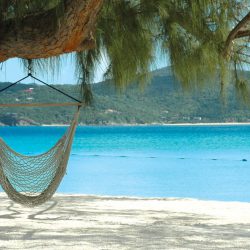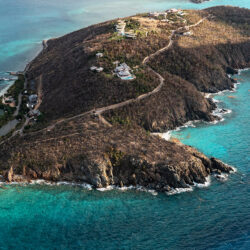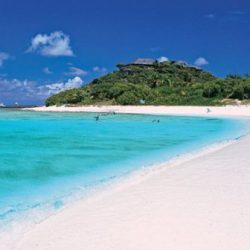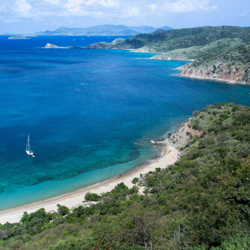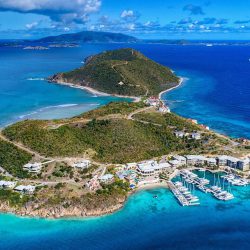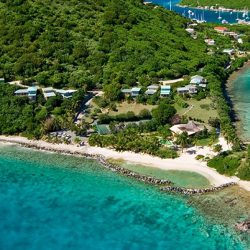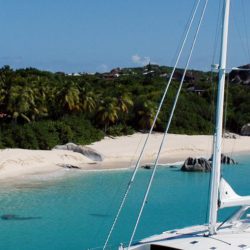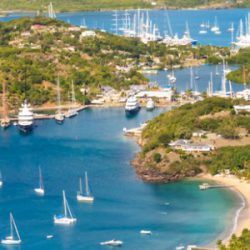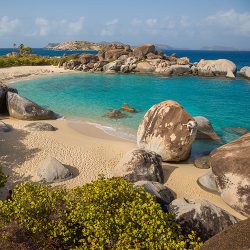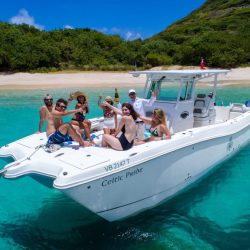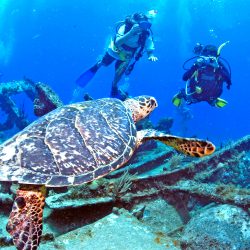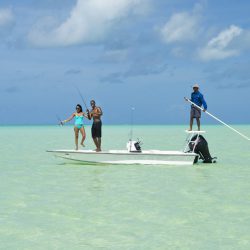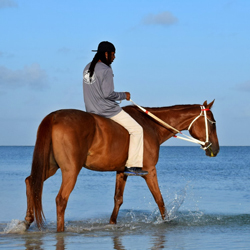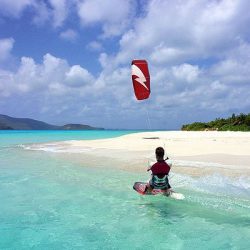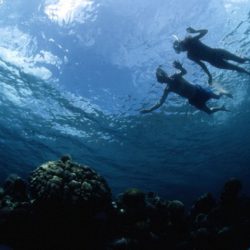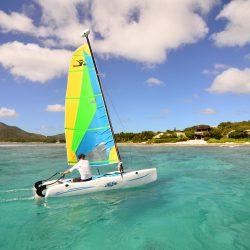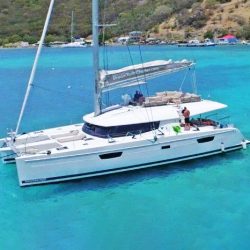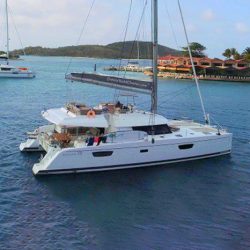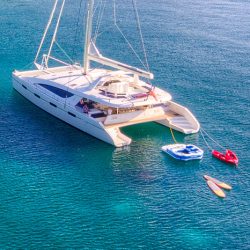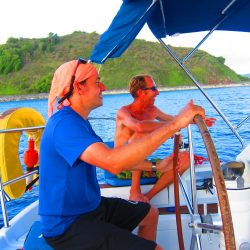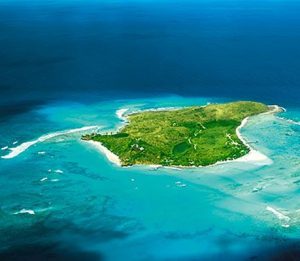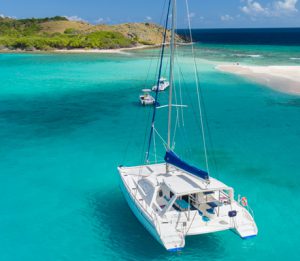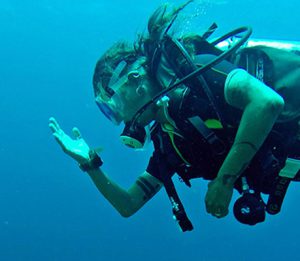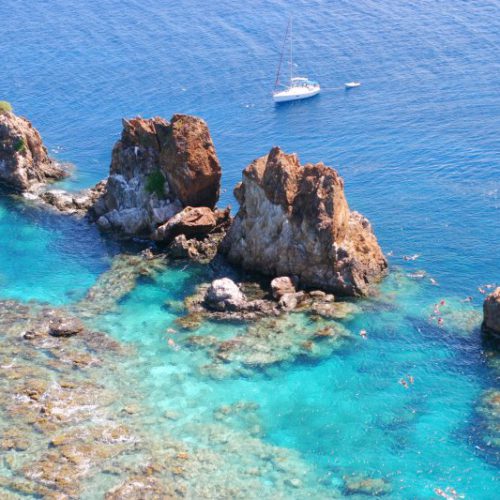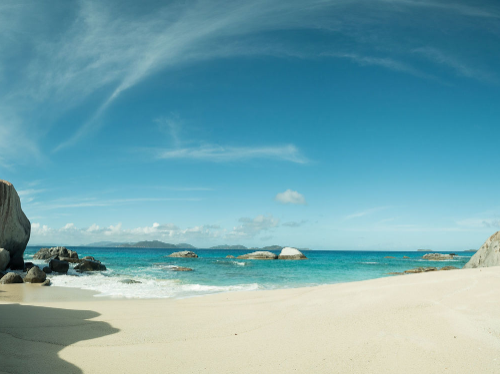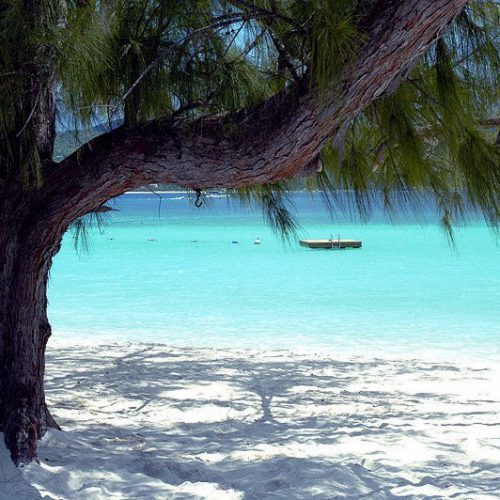The British Virgin Islands or….BVI, is well known for its white sand beaches, turquoise seas and swaying palm trees. There is however a lot more to discover about the BVI in the form of incredible nature.

The humpback whale is beautiful, graceful and very large.
Each year, the humpback whale visits the British Virgin Islands. For the most part, humpbacks are quiet, unobtrusive guests barely noticed by islanders. They swim through the Territory’s calm and protected waters with a grace and beauty belying their monstrous size.
But when one does sight a humpback, it can cause quite a stir. At 40-feet, the average humpback is the length of a good-sized yacht. A wave of their fluke, which can measure 15-feet across can be equally impressive. Yet in spite of their imposing size, they are gentle creatures, shy but not inhospitable when it comes to human contact.
There is certainly an aura of mystery about these fascinating creatures known for their melodic song and vast migratory treks that causes awe and curiosity in both laymen and scientists: just what brings the humpback to the Virgin Islands like clockwork each winter, and where do they go when they are not here?
Whales make their way to the Caribbean each winter to breed, and are generally found in the British Virgin Islands from December to May. Local food is scarce and not to a humpback’s liking, so as soon as their calves are old enough to sustain the long journey, pods of three to 15 whales begin migrating northward to summer feeding grounds in the Arctic Ocean. En-route, they stop off for a short period of relaxation in Bermuda. They then continue their unerring northerly course, hugging the North American shoreline up past Newfoundland, Iceland, Norway and finally to the Arctic.
Humpbacks are perhaps the most playful of the world’s whales. While in the Virgin Islands they are often seen floating on the surface, their giant arched backs looking from the distance like over-inflated rubber dinghies.
But when the whim strikes them, they perform spirited leaps clear out of the water. Then as suddenly as they started, they stop, leaving only a frothy trail of spray and a huge wake as a reminder of their acrobatics.
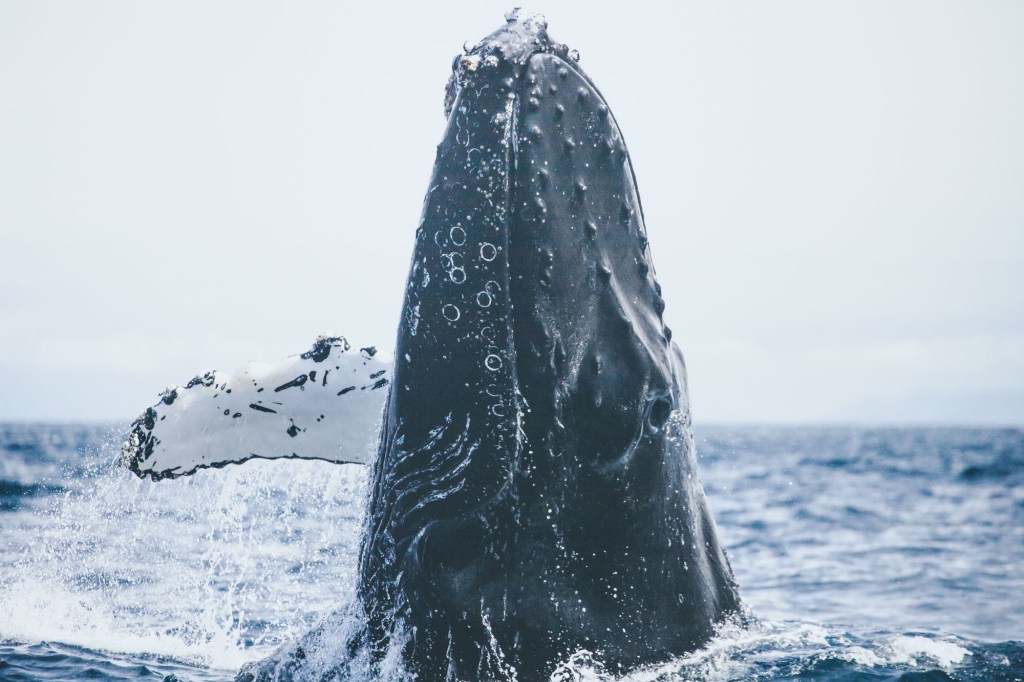
The Rock Iguana is unique to Anegada and they look like a relic from the prehistoric past. Close to two-feet long with a chunky body, bowed legs, and a spiky dorsal crest which fans from the top of the male’s head like an elaborate headdress, the Anegada Rock Iguana may not win a beauty contest, but its charms are many.
Endemic to the BVI, and specifically to Anegada, the Rock Iguana is one of the BVI’s most well-known residents – and one of the world’s endangered species. Vulnerable to habitat loss, and predation by cats, the iguanas have been on the decline for decades. Perhaps 90% of iguanas are victims of feline predation.
Protecting these creatures in the BVI, and ensuring that they are brought back from the edge of extinction, is the mission of the British Virgin Islands National Parks Trust and a group of conservation organisations including the IUCN (International Union for the Conservation of Nature) and the Fort Worth and San Diego Zoos.
These unlikely partnerships between organisations located thousands of miles apart got a significant boost in 1994 when the Fort Worth Zoo, under the stewardship of Michael Fouraker, the facility’s Executive Director, partnered with the Trust to build the Head Start facility in Anegada’s Settlement.
Another organisation with an interest in the BVI Anegada Rock Iguana and much closer to home is Kew Gardens. Through its Darwin Project, the renowned UK based botanical garden and research facility is currently studying BVI forest health and resilience in partnership with the National Parks Trust here. “We are looking at varying interactions between plants and different species,” noted Nancy Pascoe. The Anegada Rock Iguana, for instance, is an important seed disperser.
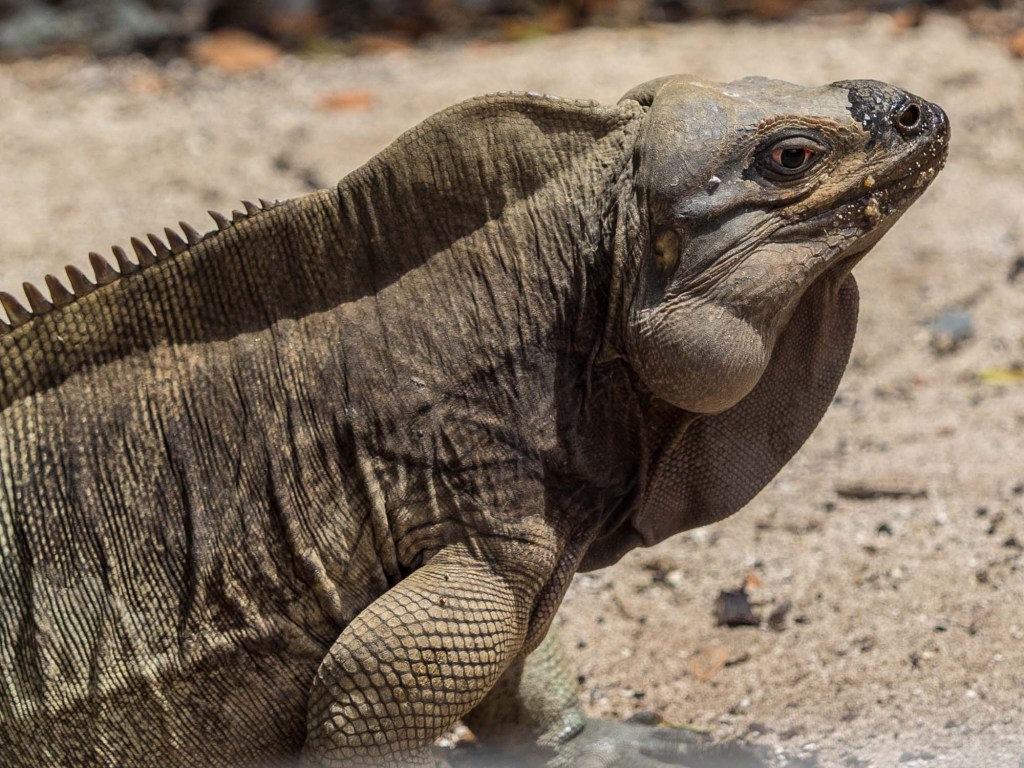
Concluded Nancy, “everyone in the BVI should be proud of the iguana because it belongs to the British Virgin Islands. It is truly a unique species. It is very important in terms of biodiversity. Not only is it very rare, this is the only place in the world it is found.”

